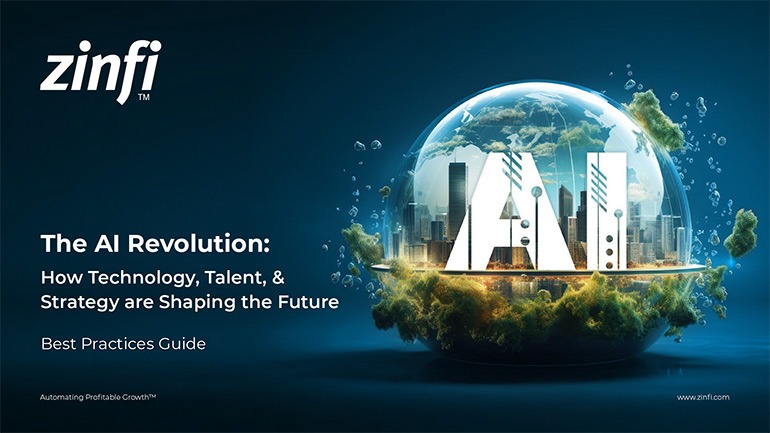Jay McBain starts the podcast by discussing the evolving landscape of technology and channel partnerships. He outlines the historical context of how channels have shifted from traditional, linear models to complex, ecosystem-oriented structures driven by technological advancements, particularly cloud computing and AI. McBain emphasizes the importance of understanding these shifts to leverage emerging opportunities in the tech space. He explores the role of generative AI in redefining product and service delivery, suggesting that channels are now critical to distributing and implementing innovations across various industries. This chapter sets the stage for understanding how businesses can adapt to and thrive in a tech-driven market by rethinking their channel strategies.
AI’s $7 Trillion Revolution: Tech and Partners
In this insightful podcast, Chief Analyst at Canalys, Jay McBain, discusses the transformative impact of cloud computing and AI on global economics, channel dynamics, and IT spending with ZINFI Technologies’ CEO, Sugata Sanyal. Delving into geopolitical influences, technological shifts, and the future of partner ecosystems, McBain provides a deep dive into how businesses need to adapt to these changes. The discussion also highlights strategies for embracing new technologies and optimizing channel operations in a rapidly evolving digital landscape, making it a must-listen for professionals navigating the complexities of modern tech industries.













